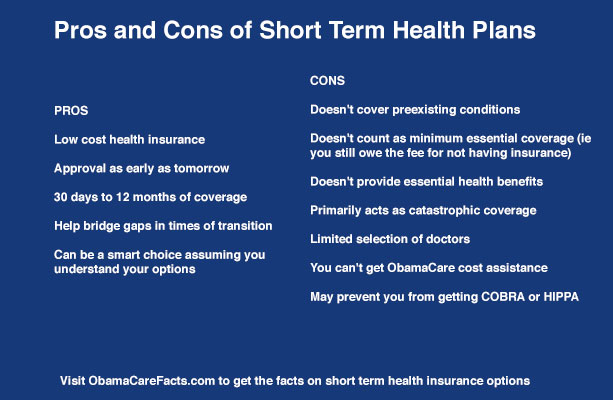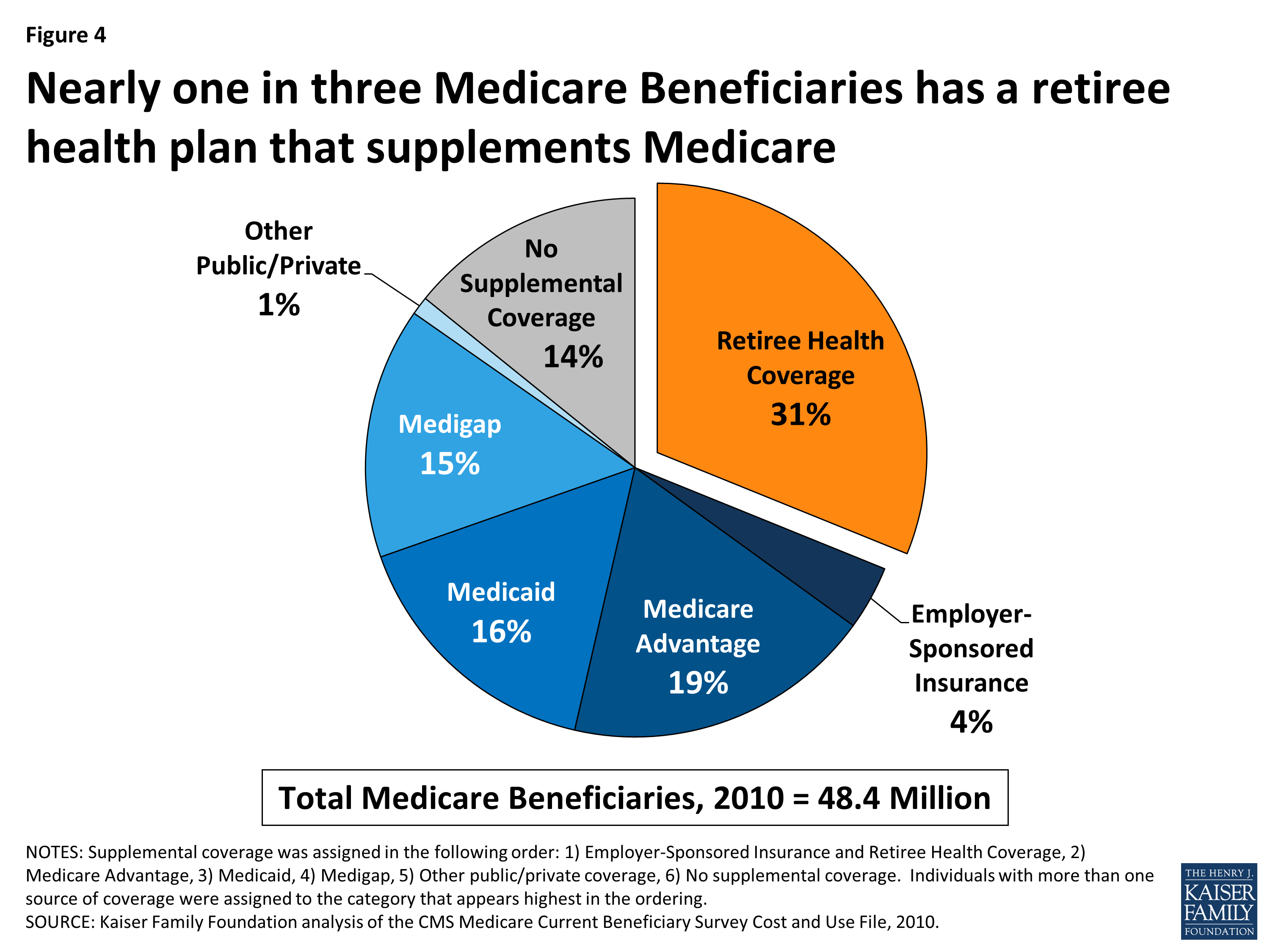Medicare Advantage Agent Fundamentals Explained
Medicare Advantage Agent Fundamentals Explained
Blog Article
The Definitive Guide for Medicare Advantage Agent
Table of ContentsThe Buzz on Medicare Advantage AgentWhat Does Medicare Advantage Agent Mean?Medicare Advantage Agent Can Be Fun For Anyone


follows from confusing the relatively young age profile of the uninsured with the better health, wellness average, standard younger personsMore youthful For those without accessibility to work environment wellness insurance policy, poor wellness is a possible obstacle to buying nongroup protection since such protection may be extremely priced, omit preexisting problems, or be simply not available. Unless or else noted, national quotes of people without health and wellness insurance policy and percentages of the population with different kinds of protection are based on the CPS, the most widely made use of resource of quotes of insurance protection and uninsurance prices.

Medicare Advantage Agent for Dummies
The partnership in between wellness insurance policy and accessibility to care is well established, as recorded later in this chapter. The partnership between wellness insurance and wellness end results is neither direct nor easy, a comprehensive professional and health solutions research literary works web links health and wellness insurance policy coverage
to improved enhanced accessibility care, better qualityHigh quality and improved boosted and population populace statusStanding The 2nd report, on individual wellness outcomes for without insurance adults, is represented by the inner circle of the number, while the 3rd record, on family wellness, encompasses the subjects of the second record however stresses a different system of analysis, particularly, the family.
It focuses specifically on those without any health and wellness insurance for any size of time. The issues encountered by the underinsured remain in some respects similar to those encountered by the without insurance, although they are usually much less extreme. Uninsurance and underinsurance, however, entail clearly different policy concerns, and the strategies for addressing them may differ. Throughout this research study and the five reports to follow, the primary focus is on persons without any health insurance and therefore no aid in spending for healthcare beyond what is available through charity and safeguard organizations. Health insurance coverage is a powerful aspect impacting receipt of care since both individuals and doctors reply to the out-of-pocket rate of solutions. Wellness insurance policy, nonetheless, is neither necessary neither adequate to access to medical solutions. The independent and direct effect of wellness
insurance coverage protection access accessibility health services is well established. Others will certainly acquire the healthcare they need also without medical insurance, by spending for it out of pocket or seeking it from service providers who use treatment cost-free or at highly subsidized prices. For still others, wellness insurance coverage alone does not guarantee receipt of treatment as a result of various other nonfinancial obstacles, such as an absence of health treatment carriers in their area, minimal accessibility to transport, illiteracy, or linguistic and cultural differences. Formal study regarding uninsured populaces in the USA dates to the late 1920s and early 1930s when the Committee on the Cost of Healthcare generated a collection of reports regarding funding doctor office sees and hospitalizations. This problem came to be salient as the numbers of medically indigent climbed up during the Great Anxiety. Empirical researches consistently support the web link in between access to care and enhanced health end results(Bindman et al., 1995; Starfield, 1995 ). Having a regular resource of treatment can be thought about a forecaster of access, as opposed to a straight step of it, when health and wellness end results are themselves used as access indications. This expansion of the notion of accessibility measurement was made by the IOM Board on Keeping Track Of Gain Access To to Personal Healthcare Provider(Millman, 1993, p. Whether parents are guaranteed appears to impact whether their youngsters get care along with how much careeven if the youngsters themselves have protection(Hanson, 1998). The health and wellness of moms and dads can impact their capability to look after their youngsters and the degree of family members stress and anxiety. Stressing over their children's access to care is itself a resource of stress for moms and dads. 3 chapters adhere to in this record. Chapter 2 supplies a summary of how employment-based medical insurance, public programs and private insurance plan operate and engage to supply substantial yet insufficient coverage of the united state population. This includes a testimonial of historical trends and public laws affecting both public and personal insurance coverage, a discussion of the communications amongst the different kinds of insurance policy, and an examination of why individuals move from one program to another or end up

Report this page